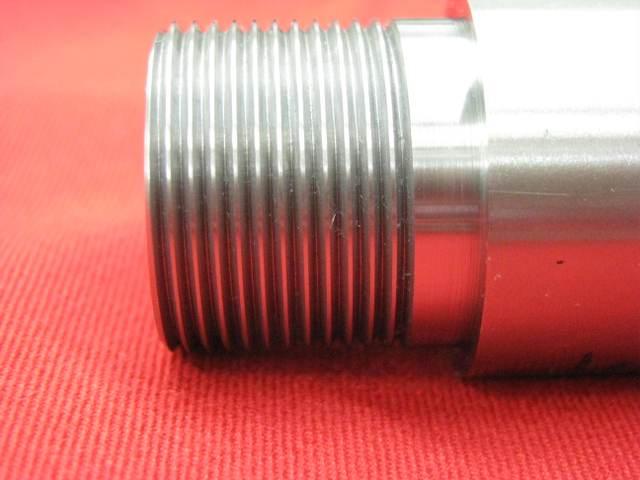bumper, I've got experience in more than 'some areas'. The only manual machine tools I've not had exposure to are planers. I've made many cutting tools, as up until the late '90s cutting tools didn't come out of a little plastic box, they started off as 'blanks' of high speed steel, and those were made into cutting tools using tool & cutter grinders and surface grinders and were regularly re-sharpened using the proper precision grinder. Either you knew how to make/sharpen cutting tools or your machine tools were worthless to you. I worked on the screw machine line from the fall of '74 until late '88 where I learned to make and sharpen tools. (If you don't know what a screw machine is, look it up! And no, they don't make 'screws', unless they'd be very special screws. I worked with 6 spindle Acme-Gridley 1 1/4" and 9/16" machines) That experience propelled me into every other aspect of machining. At any time while there, I could be asked to go set-up, make adjustments or change tools in the 'secondary' dept (gang drill presses, mills, the punch press that was used to broach splines on a small shaft or turret lathes. After I'd graduated from GS school, when I worked in the job shop with the American Pacemaker, I got my first introduction to CNC. I took some night classes to learn basic programing. But, guess what, the principals of cutting metal are the same, whether CNC or manual. Anyone who can come up with cutting an inch thread on a manual, inch lathe and not disengage the split nut, like you suggested, can be nothing more than self trained/YouTube trained and to be completely ignored on matters concerning machining/machine tools. These guys that buy a lathe, make a couple of good rifle barrels and are now 'machinists' haven't a clue, and most of the time can't solve their own problems that they'll encounter along the way......... Hired Gun has that much right, " a full fledged ninja key board commando".

